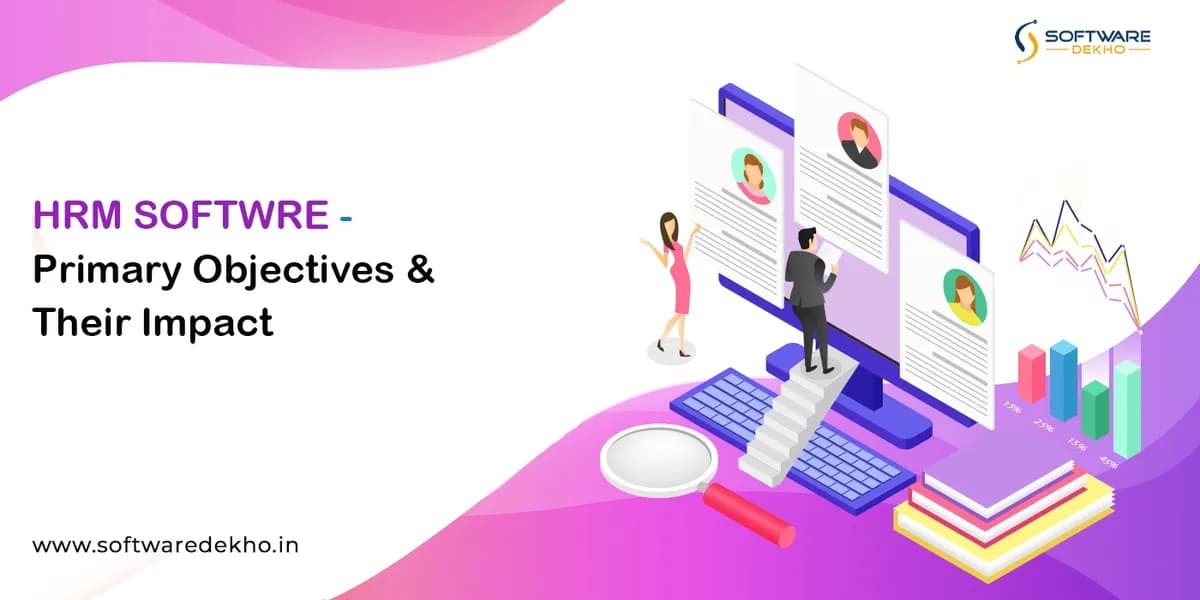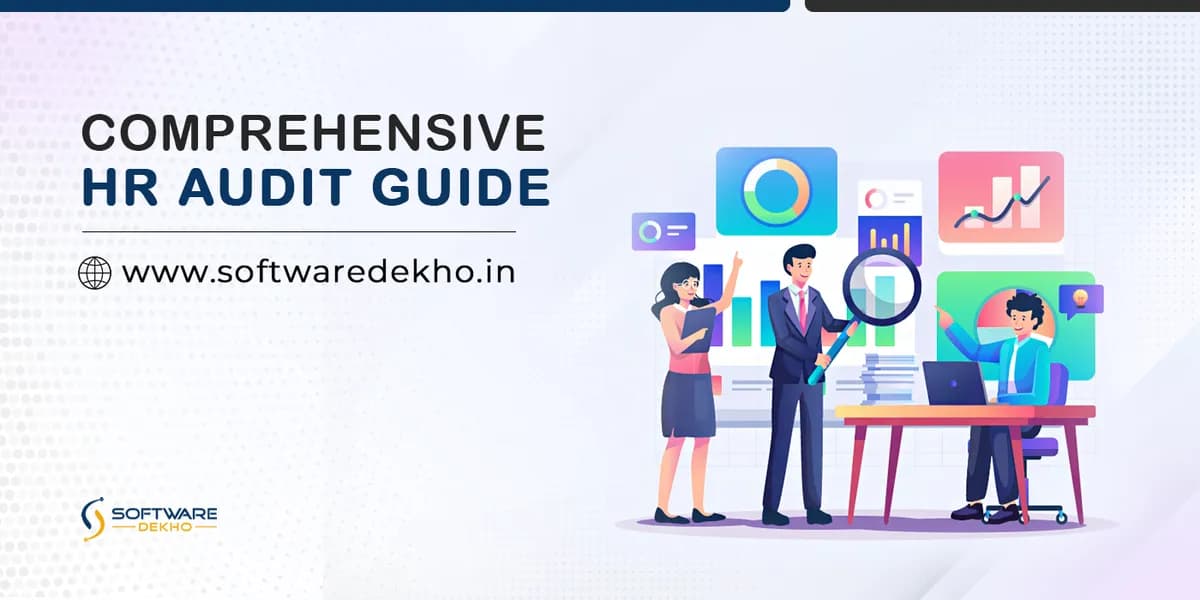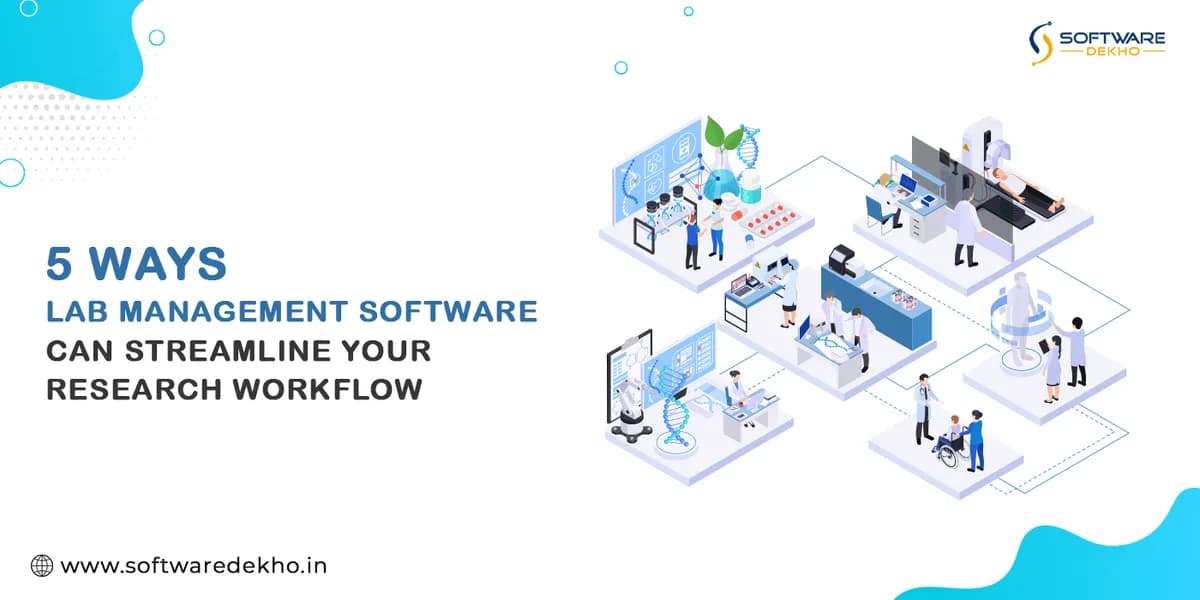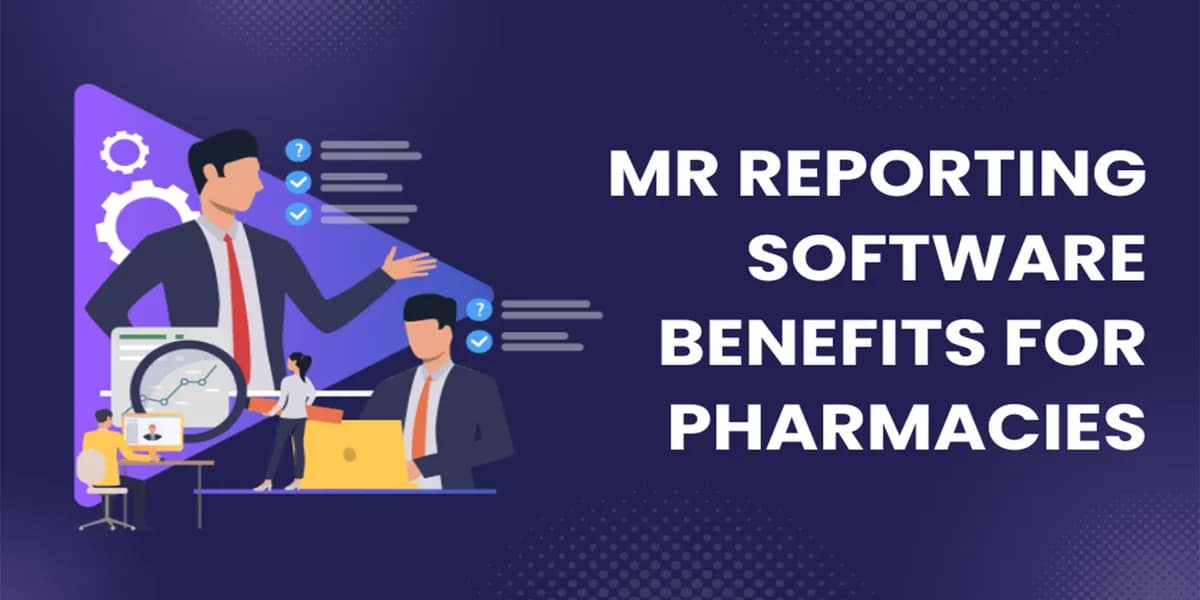HRM Software – Primary Objectives & Their Impact
Human resource management software is crucial to any organization’s success. Its whole purpose lies in the efficient utilization of the employees to meet the company’s goals. Right from searching for people to managing them until their retirement, several things require constant scrutiny for mutual benefits.
HRM is no longer about recruiting and terminating employees anymore. From applications, screening, onboarding, etc., to payroll, employee attendance, compliances, and benefits, various aspects require efficient tools, considering the expanse of enterprises.
Such constant developments influenced the best hr software to embrace the changes and provide the latest modules to the clients. However, the core objectives are intact and they decide the efficiency of the software you chose. Have a look:
Understanding the Organizational Goals
The primary objective of any HRM software is understanding and achieving the firm’s goals. Profits, business expansion, market sustainability, diversification, etc., are some significant objectives of any organization. Good HRM software helps achieve these goals through efficient utilization of resources. Realizing the company’s competence also adds to the objectives mentioned above.
Figuring out the key problems becomes easy when the HRM software records the data automatically. It leads to improved efficacy, as the HR department can easily figure out whom to hire and how to train them with efficacy. Structured data also helps the organization in knowing the performance of every worker and their requirements too.
Accessing employees’ data plays a pivotal role here. Various businesses using HRM software tools have reportedly found it easier to analyze this data and sort their human resources accordingly. Right from the selection process to training and developing the employees, companies could significantly improve their performances through the HRM software.
Supportive Business Environment
The work environment has an enormous influence on fostering a company’s growth. As in, there is a constant need for budding strategies to improve the outcomes. As mentioned above, HRM software handles the hiring, payroll, attendance, etc., with automated systems. This leads to quick empowerment, saving a lot of time.
Such measures leave a positive impact, both on the employees and the organization. This simplification is efficient and automated, providing immense scope for transparency in the company. Embracing these appropriate solutions often encourage employees to deliver their best by creating a supportive business environment.
Moreover, harmony and coordination between different departments of the firm are essential in meeting their goals. HRM software modules provide an effective workforce through different analyses, reports, and more. These help the hierarchy in refining the organizational environment accordingly, through appropriate business strategies.
Enhanced Delicacy and Accuracy
The core objective of good HRM software is to streamline the workflow for enhanced accuracy. Automating tasks like employee attendance, task completion, etc., provides up-to-date information to the companies. A fully functioning software with dedicated modules for different purposes provides excellent competence and efficiency.
If you use cloud-based HRM software tools, you can access all the recorded data whenever needed and know the proceedings of every employee. Forecasting, planning, and budgeting of any task have a significant influence on the accuracy and pace of the collected data. Within a short span, the HRM software updates all the details necessary to take such calls, leading to better delicacy and performance.

Managing the Workforce and Team Integration
In most cases, every business has an effective workforce but often fails to achieve its goals. Several pieces of research suggest that the crucial reason for this is poorly managing the workforce. Aspects like the performance of the employees, people required for a specific task within the deadline, etc., play the part in completing the objectives.
Modern HRM software tools come with different modules to record every possible detail related to your employee. This entire information can help know how to manage the workforce effectively. These modules help companies understand and forecast the workforce required, track their performances and daily activities, supervise the results, and more.
Moreover, modern software modules let the HR department optimize its process designs and gather accurate data in a blink. It improves business-oriented strategies and rationality in the company. Every employee can make the best use of the company’s resources, while the management ensures stability and integration throughout the cycle.
Likewise, every employee can also know their attendance, time allocated for specific tasks, update the necessary information, etc., through these software tools. The HRM software as a whole, eases workforce management, helping both the companies and their employees simultaneously.
Employee Satisfaction and Decision Accuracy
The HRM software is designed so that it provides crucial insights related to the workflow. As we all know, this has an undisputed impact on business decisions. The entire system provided by the HRM software tools aid in creating an excellent workflow environment, as discussed above. Forming this environment in the offices reflects on the employee’s efficiency.
Employee satisfaction through performance appraisals, an active network to update any information immediately, records of completed and pending tasks, etc., are a part of the best HRM software modules out there. As a whole, these tools encourage the employees to work efficiently with sheer commitment and confidence. These constant tracs also improve their motivation to achieve organizational goals.
Well, when the workers’ data is accurate and updated regularly, the managers can easily know who would be the best fit for a specific task. So, the business decisions will now be more accurate and feasible. Overall, the HRM software leaves the employees satisfied with them and their work, while helping the companies make excellent business decisions.
Providing Real-time Analysis and Reports
Businesses need to keep track of the reports and real-time analysis of their workflow. However, the HR department cannot handle every employee’s data manually. So, the HRM software tools come with different in-built reports and analysis modules. These data include operational costs, performances, profits and losses, and a lot more.
These reports and analyses are provided in different forms like graphs, tabular data, pie charts, et. The best HRM software lets you customize the way you want to see these reports. These real-time updates let the organizations understand their operations and outcomes from every employee. Using the data, the hierarchy can scrutinize their business decisions and achieve better results.
Keeping up with Ethical and Legal Practices'
Every organization must abide by the workflow norms and regulations set by the governing bodies. Likewise, the same applies to its employees too. Keeping up with these legal and ethical practices is another key role played by the company’s HR department.
Wonder how the HRM software can help here? Here’s how:
Most HRM software tools at present are designed following the aforementioned norms. For example, the payroll calculations like salary, PF, benefits, etc., of the worker include the basic rules set by the local government. In the case of multiple norms for a specific area, the HRM software lets you customize as per your organization’s practices. Doing so creates ethical and legal transparency between the hierarchy and the workers. Moreover, it also leads to equal opportunities and establishes healthy relationships within the company.
To sum it up, HRM software plays a crucial role in the organization’s efficiency and growth. Various advanced modules to handle specific functionalities let the companies organize their operations effectively. This automation also aids in the smooth functioning of the firms. Check out our vendors’ list or reach out to us if you are looking for the best HRM software for your business needs.
You must conduct thorough research and read user reviews to choose the best software for your needs. So, take a look at our website to understand better!





